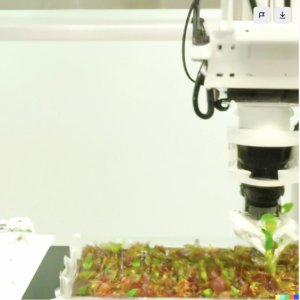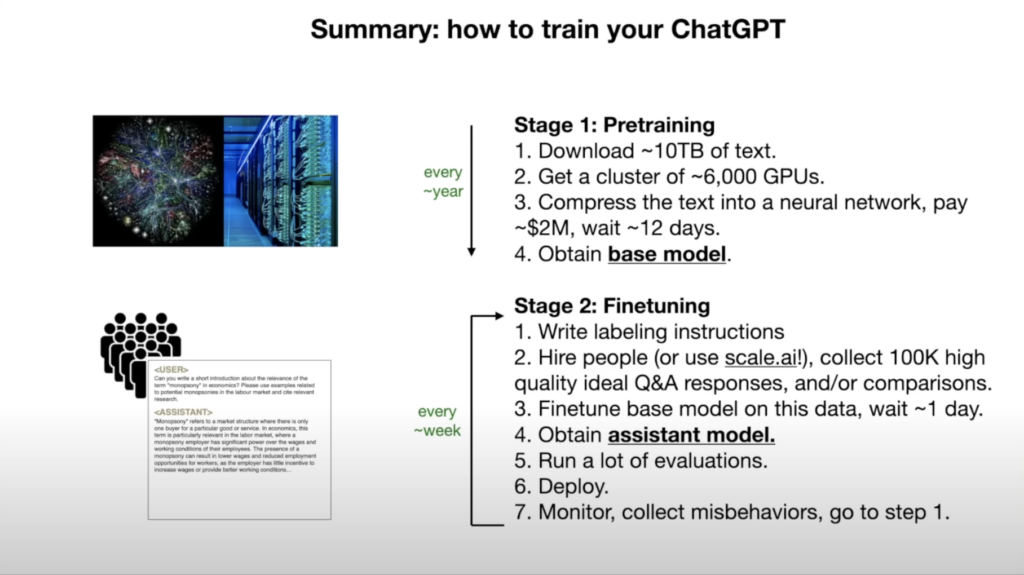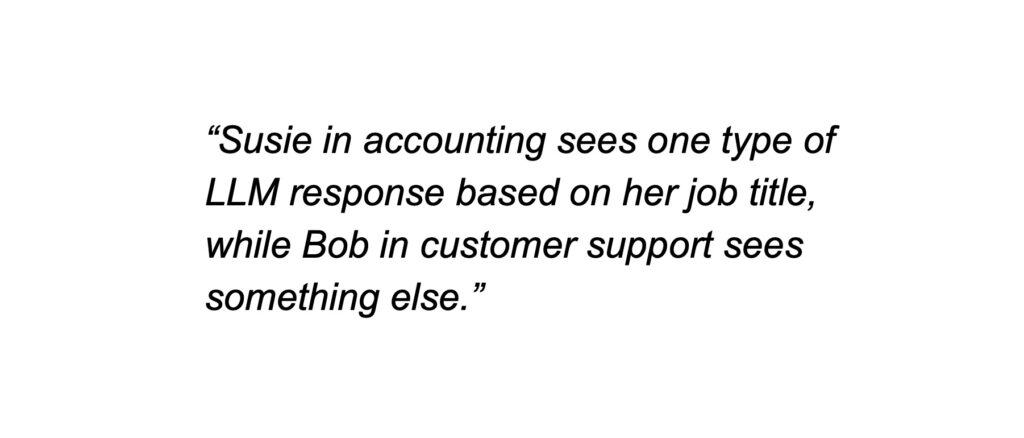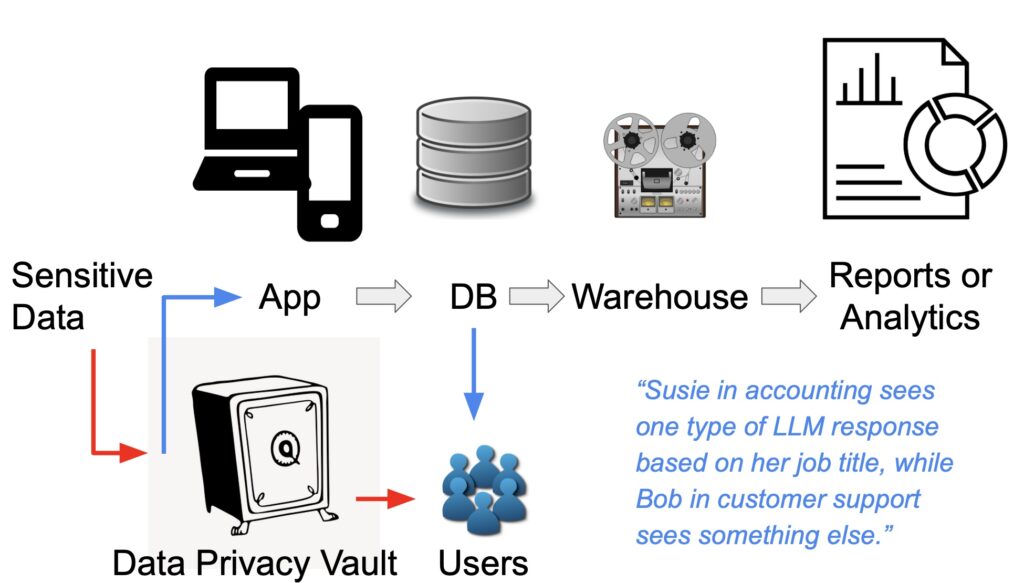Unlocking the Power of Language: Leveraging Large Language Models for Next-Gen Semantic Search and Real-World Applications
Invited talk at Calfus, Pune, June 20, 2024.

Invited talk at Calfus, Pune, June 20, 2024.


In the realm of Biotech R&D, the cultivation of genetically engineered plants through tissue culture stands as a pivotal process, deviating from traditional seed-based methods to derive plants from embryos. Particularly in the case of corn, this intricate procedure spans 7-9 weeks, commencing with the manipulation of embryonic tissue, deliberately injured and exposed to agrobacterium tumefaciens, a specific bacteria facilitating DNA transfer. The outcome manifests as plant transformation, marked by the integration of foreign genes into the targeted specimen. Notably, the success rates of this process are dismally low, with a meager 2% or fewer embryos evolving into viable plants boasting the intended genetics. Hence, it becomes imperative to discern the success or failure of plant transformation at the earliest stages.
Historically, this determination was only feasible at the culmination of the 7-9 week period when plantlets emerged. Consequently, more than 98% of non-transformable embryos occupied valuable laboratory space and consumed essential resources. Given that plant transformation transpires within specialized chambers, maintaining stringent environmental conditions (temperature, humidity, and light), the inefficient utilization of space becomes a bottleneck in the downstream biotech R&D pipeline. To address this challenge, we conceptualized and implemented a groundbreaking solution: a Convolutional Neural Network (CNN) designed to scrutinize embryos and identify non-transformable ones within the initial two weeks post the initiation of plant transformation. This computer vision solution revolutionized the traditional approach, facilitating early detection and removal of approximately half of the non-transformable embryos. This, in turn, averted the necessity for a capital expenditure ranging between $10-15 million to expand the facility, effectively enhancing throughput by 1.5 to 2 times. Technologically, our approach incorporated an ensemble of deep learning models, achieving an impressive performance with over 90% sensitivity at 70% specificity during testing.

Interested in the power of deep learning to propel your Python skills to new heights? With our FastAI coaching, you will dive into the world of computer vision and other applications of deep learning. Our expertly crafted course is tailored for those with a minimum of one year of Python programming experience and taught by experienced Ph.D. instructors. FastAI places the transformative magic of deep learning directly into your hands. From day one, you’ll embark on a journey of practical application, building innovative apps and honing your Python proficiency along the way. Don’t just code —immerse yourself in the art and science of deep learning with FastAI.

Summary: Privacy in the Age of Generative AI
| Synthetic Data | ⇄ | Original Sensitive Information |




Fig. shows sensitive data under explicit access control to address WHO sees WHAT.

Using privacy enhancing techniques such as polymorphic encryption and tokenization, sensitive data can be de-identified in a way that preserves referential integrity.

🚀 Dive into the cutting-edge world of Artificial Intelligence with my hands-on class using FastAI! In this immersive learning experience, you’ll not only grasp the fundamentals of AI but also explore contemporary challenges and solutions, including the privacy and compliance issues associated with powerful tools like large language models (LLMs). Get hands-on experience with state-of-the-art techniques while unraveling the complexities of generative AI. Join me on this exciting journey to master FastAI and gain insights into the latest advancements in AI technology. Don’t just follow the AI wave—ride it with confidence in my dynamic and practical AI class! 🤖💡 #AI #FastAI #HandsOnLearning #TechInnovation